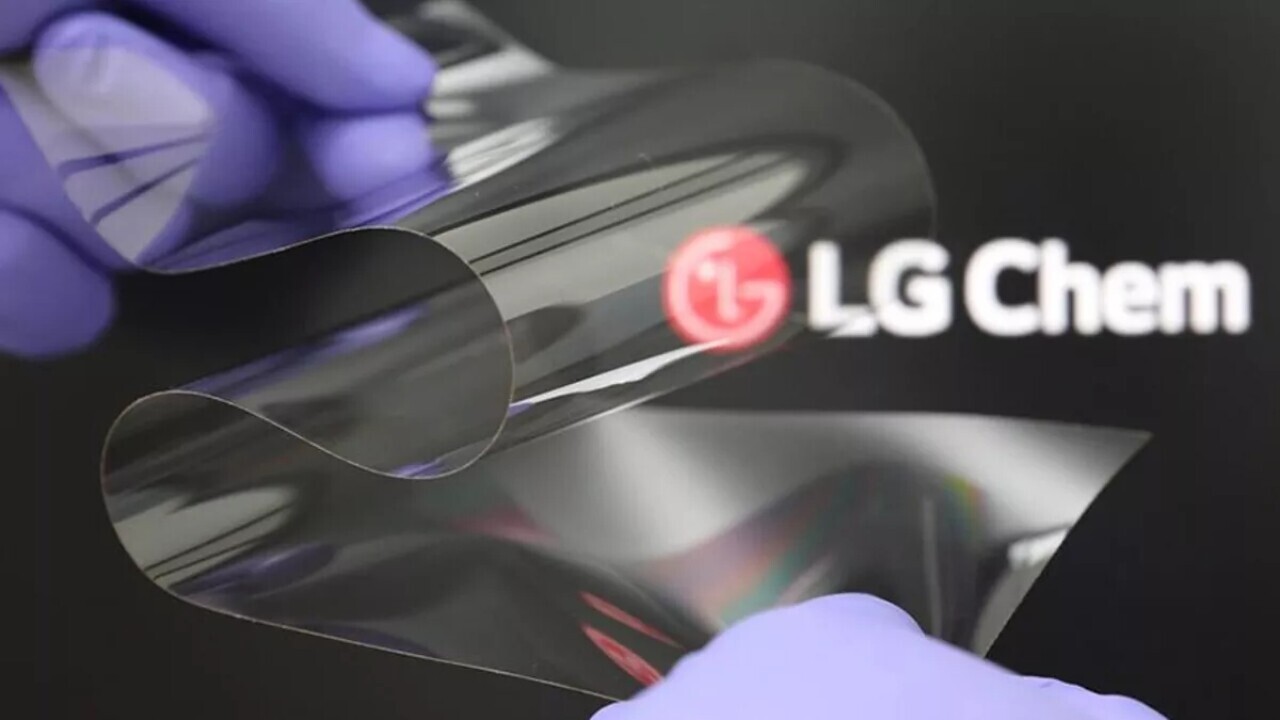All Articles for
Durability
In economics, a durable good or a hard good is a good that does not quickly wear out, or more specifically, one that yields utility over time rather than being completely consumed in one use. Items like bricks could be considered perfectly durable goods, because they should theoretically never wear out. Highly durable goods such as refrigerators, cars, or mobile phones usually continue to be useful for three or more years of use, so durable goods are typically characterized by long periods between successive purchases. Examples of consumer durable goods include cars, household goods (home appliances, consumer electronics, furniture, etc.), sports equipment, firearms, and toys. Nondurable goods or soft goods (consumables) are the opposite of durable goods. They may be defined either as goods that are immediately consumed in one use or ones that have a lifespan of less than 3 years. Examples of nondurable goods include fast moving consumer goods such as cosmetics and cleaning products, food, fuel, beer, cigarettes, medication, office supplies, packaging and containers, paper and paper products, personal products, rubber, plastics, textiles, clothing, and footwear. While durable goods can usually be rented as well as bought, nondurable goods generally are not rented. While buying durable goods comes under the category of investment demand of goods, buying non-durables comes under the category of consumption demand of goods.
